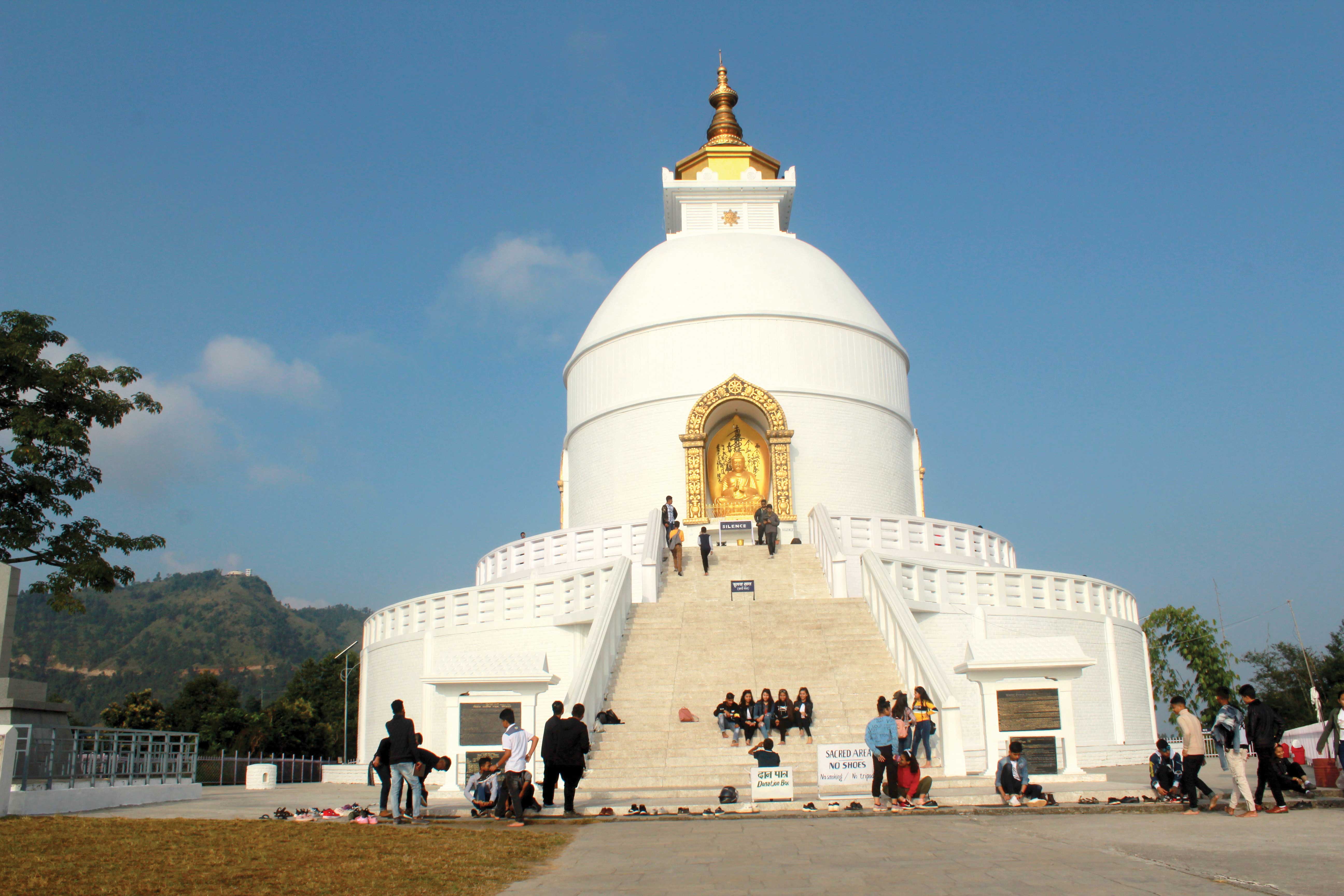Nepali literature has a proud tradition of social engagement and aesthetic experimentation” writes Manjushree Thapa at the opening of The Country Is Yours. Here, in 189 pages is a sampling of works by 49 contemporary Nepalese writers and poets. Three-quarters of the selections are poems, some long, some short, all with a message – sometimes clear, sometimes obscure. The rest are intriguing and often provocative short stories.
The collection was selected and translated by Kathmandu’s Manjushree Thapa, author of Forget Kathmandu (a narrative nonfiction reflection on the recent insurgency), Tilled Earth (short stories) and The Tutor of History (a novel).
The Country Is Yours begins with a brief introduction to the history of Nepali literature, which in its modern form began in the 1930s and 1940s, largely by writers in exile in India. It grew during Nepal’s brief tryst with democracy in the 1950s, but was thwarted during the Panchayat era of absolute monarchy, beginning in the 1960s. From then until the People’s Movement of 1990, which heralded a revival of democracy, writers circumvented state censorship in ways reminiscent of their predecessors’ tactics under Rana era suppression of the literary arts during the century ending in 1951 – by subtle parody, abstraction, obfuscation, analogy and understatement.
Thapa identifies this collection “as an introduction to contemporary voices” after 1990, the year in which democracy was reinstated and Nepalese arts and letters began to open up again. She then proceeds to guide her readers through four themes, or sections.
First up is The Perplexity of Living. “The works in this section,” Thapa suggests, “reflect on the immense perplexity of living in a rapidly altering society where all the old certainties have been destabilized.” About section 2, The Right to Desire, she points out that “To desire love is human, and to act on that desire is a long-suppressed right that comes, here, into frank articulation.” “The political upheavals of our times find expression” in section 3, The Imminent Liberation, in Nepal’s desire to see democracy work. “The tone in this section is angry, urgent”, she says. She notes how democracy has empowered Nepal’s writers; nonetheless, she says, “We can see its breaches and malfunctions.” In the final section, Visions, the various authors “do not so much offer critiques as solutions, be these solutions inspired by visions for social or political action or for private psychological epiphanies.” Yet, she concludes, “day by day, as we come unshackled through the expression of ourselves, we learn how to move closer to liberation.”
The selections chosen for each section speak for themselves; Thapa has deliberately kept her interpretations and interventions to a minimum. Some titles are ambiguous, others quite revealing. Under The Perplexity of Living we find, for example, ‘The sting of the past’, a poem by Shailendra Sakar; ‘Hem Subba ate paan’, a short story by Dhruba Chandra Gautam; and ‘The women at the water tap’, a poem by Tirtha Shrestha: The women at the water tap / are more frolicsome than water / their lips move more rapidly / than the liquid lips / of water.
We also find Maya Thakuri’s well known ‘The Trap’, a provocative and disturbing short story on girl trafficking: “...Ram Bahadur kicked her, bellowing, ‘Eh, whore! What reason did you have to send my daughter with that stranger?’”
Some authors in the book are little known, and some are literary luminaries. The book ends with two well known Nepalese writers – Abhi Subedi with a poem entitled ‘I will speak’, and Indra Bahadur Rai with a short story entitled ‘A window’. In a way, the opening and repeated refrain of Subedi’s poem reflects to the whole intent and content of The Country is Yours:
I will speak
My expression –
a ripple of power
moving swiftly with the light...
The Printhouse, Kathmandu (and Penguin Books, India), 2009, 189pp. NRs 450 (IC 250). Available in local bookstores and on the Internet. Royalties from the sale of this book go to the non-profit Down’s Syndrome Association of Nepal.










